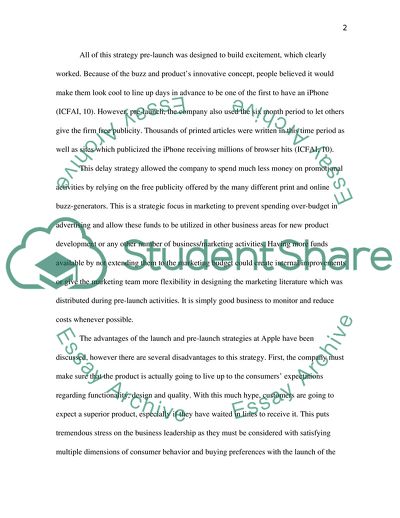Cite this document
(IPhone Marketing and Strategy Case Study Example | Topics and Well Written Essays - 2250 words - 8, n.d.)
IPhone Marketing and Strategy Case Study Example | Topics and Well Written Essays - 2250 words - 8. https://studentshare.org/marketing/1719265-marketing
IPhone Marketing and Strategy Case Study Example | Topics and Well Written Essays - 2250 words - 8. https://studentshare.org/marketing/1719265-marketing
(IPhone Marketing and Strategy Case Study Example | Topics and Well Written Essays - 2250 Words - 8)
IPhone Marketing and Strategy Case Study Example | Topics and Well Written Essays - 2250 Words - 8. https://studentshare.org/marketing/1719265-marketing.
IPhone Marketing and Strategy Case Study Example | Topics and Well Written Essays - 2250 Words - 8. https://studentshare.org/marketing/1719265-marketing.
“IPhone Marketing and Strategy Case Study Example | Topics and Well Written Essays - 2250 Words - 8”. https://studentshare.org/marketing/1719265-marketing.


